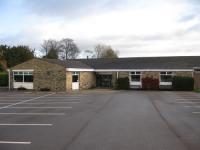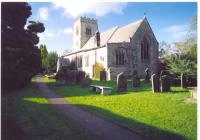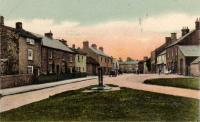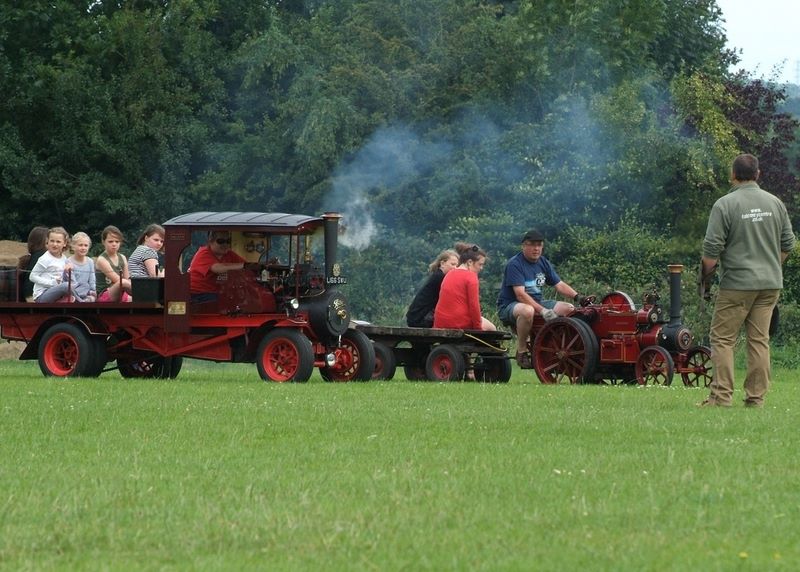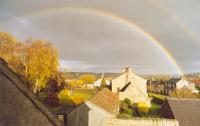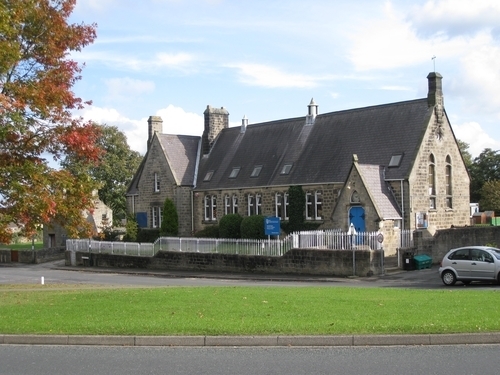Recent articles
© DT Online 2010 - 2025
| Village FarmThe house known as 'Ashville' was occupied for many years as a farmhouse for 'Home Farm' otherwise 'Village Farm'. The buildings, as seen above, belong to the house and adjoin its boundary. Until her death in 2010, Monica Addyman lived at Ashville. In Book I ('Villagers’ Reminiscences') she describes how her husband’s father rented the farm from the Greenwood family and that her husband’s grandfather, Jimmy Addyman had also farmed land in Hampsthwaite (at Bridge End Farm). Ashville appears to have been occupied as the farmhouse for Village Farm at least from the time of Monica’s marriage in 1942 to Fred Addyman. However, it seems that the land of Village Farm had also formed part of Bridge End Farm for, in the surveyor’s notes about Village Farm made for the purpose of the Land Tax valuation of 1910, we read this description of the buildings seen in the photograph above . . . The outbuildings included the four barns later converted to dwellings (see the articles about 'South Royd', 'Byre Cottage', 'Coppings' and 'Swallow Cottage'). At meal-times I used a huge table, fully extended. There would be perhaps two German prisoners and all the Houseman family – including Bernard, who lived up at Brimham Rocks Farm - and Mrs Penrose, who eventually came to live in one of the cottages, later demolished, down by the church. I cooked for them and waited on them. When they were “doing the corn”, they worked from dawn to dusk. It was so dusty then – I took drinks down to the fields at night. They were hard times, but that was the accepted way of life then. Fred employed several of the village boys and it used to be a real pantomime with them all. They were constantly falling out, but they 'fell in' again! They never did anything really bad, not like today. My husband used to smooth things over – he was a kind employer, who appreciated how hard they worked. We kept cattle, sheep, pigs – the lot . . .” |





